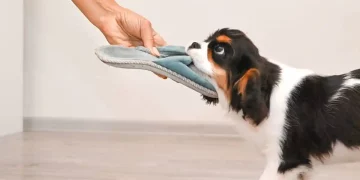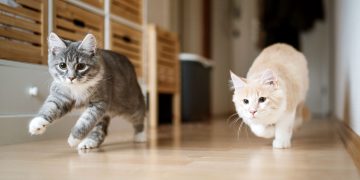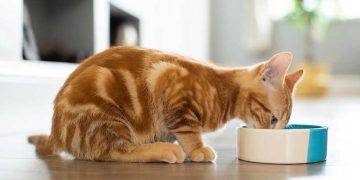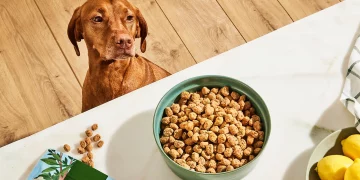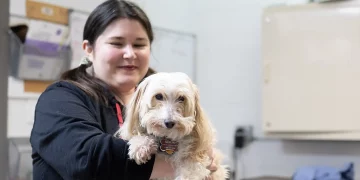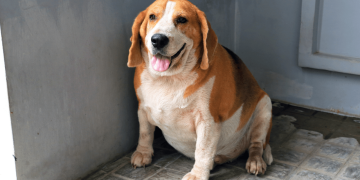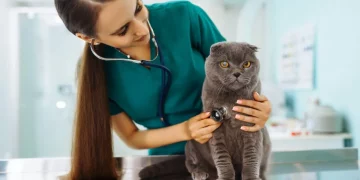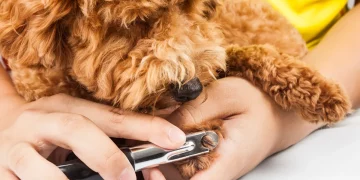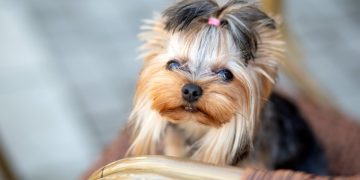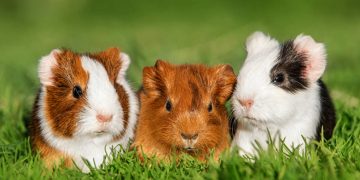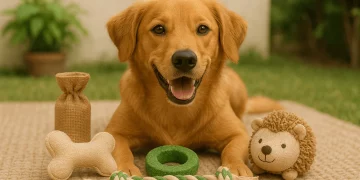Angora rabbits are famous for their long, silky, and luxurious coats, which are highly sought after for both their beauty and texture. However, their fur requires consistent care and attention to keep it healthy, prevent tangles, and avoid potential health issues. This guide covers everything you need to know about grooming your Angora rabbit, from regular brushing routines to handling common grooming challenges and maintaining overall health.
1. Introduction: The Importance of Grooming for Angora Rabbits
1.1. Why Grooming Matters for Angora Rabbits
Angora rabbits are unique among rabbit breeds due to their long, dense wool, which requires regular and specialized grooming. If not cared for properly, their coats can become matted, leading to skin irritation, hairballs, and even infection. In addition, regular grooming has several benefits:
- Prevents Mats and Tangles: The dense wool of Angora rabbits can easily become tangled, which, if left untreated, could cause painful mats that may pull on the rabbit’s skin.
- Health Monitoring: Grooming provides an excellent opportunity to check for signs of illness, parasites, or injuries.
- Maintains Skin Health: Regular grooming helps ensure that the skin beneath the coat stays healthy, reducing the risk of fungal infections or sores.
- Enhances Bonding: Grooming your Angora rabbit is a bonding experience, strengthening the relationship between you and your pet.
Angora rabbits, with their beautiful coats, require more frequent grooming than most other breeds. Without proper care, they can suffer from a range of grooming-related health issues, which is why this article aims to provide you with a detailed, step-by-step guide on how to groom them properly.
2. The Basics of Angora Rabbit Grooming
2.1. Types of Angora Rabbits
There are different varieties of Angora rabbits, each with slightly different coat textures, but they all require a high level of grooming:
- English Angora: Known for its fine, silky fur, which requires the most intensive grooming.
- French Angora: Has a softer, woollier coat, with a slightly lower grooming demand than English Angora rabbits.
- Satin Angora: Features a glossy, lustrous coat that is slightly easier to maintain.
- Giant Angora: A larger version of the breed, with similar grooming needs to the French Angora but often requiring more time due to its size.
Regardless of the variety, all Angora rabbits have dense coats that need regular care to stay in top condition. The grooming techniques, tools, and time needed may vary depending on the specific breed, but the principles remain the same.
2.2. Key Grooming Tasks for Angora Rabbits
The primary tasks involved in grooming an Angora rabbit include:
- Brushing: Regular brushing to remove tangles, prevent mats, and manage shedding.
- Shearing: Occasionally, their fur will need to be trimmed to prevent it from becoming too matted or tangled.
- Bathing: Although rabbits generally do not need baths, there are instances where gentle bathing may be necessary.
- Nail Clipping: Angora rabbits’ nails must be trimmed regularly to avoid overgrowth.
- Ear and Eye Care: Regular inspection and cleaning of ears and eyes are important for overall health.
- Teeth Care: Ensuring that your rabbit’s teeth are properly worn down and checking for malocclusion.
3. Grooming Tools You’ll Need for Your Angora Rabbit
3.1. Essential Grooming Tools for Angora Rabbits
The right tools are crucial to providing effective grooming and keeping your Angora rabbit comfortable during the process. Here’s a breakdown of the essential grooming tools:
- Brushes:
- Wire Pin Brushes: Ideal for detangling and removing loose fur without causing discomfort.
- Furminator or De-shedding Comb: These tools are perfect for removing undercoat fur, which is essential for Angora rabbits as they shed frequently.
- Soft-Bristled Brush: Use this for gentle smoothing after detangling and to maintain the sleek appearance of their coat.
- Combs:
- Rake Comb: A good option for larger mats and tangles in thicker areas.
- Fine-toothed Comb: Helps to work through smaller mats or detangle fine wool, especially around sensitive areas like the face or underarms.
- Scissors and Shears: If mats or tangles are too severe, you may need to carefully cut them out using rounded-tip scissors or professional grooming shears.
- Nail Clippers: Regular nail trimming is crucial for preventing overgrowth or injury to your rabbit’s paws.
- Ear Cleaning Supplies: Mild ear cleaner and cotton balls are useful for gently cleaning out any buildup of wax or debris from your rabbit’s ears.
- Flea Comb: Use a flea comb to ensure your rabbit does not have any external parasites.
3.2. Choosing the Right Grooming Tools
While many pet stores sell grooming kits, it’s important to choose the right tools designed for the dense coats of Angora rabbits. Avoid using human brushes, as they are often too harsh and can cause pain or injury to your rabbit’s sensitive skin.
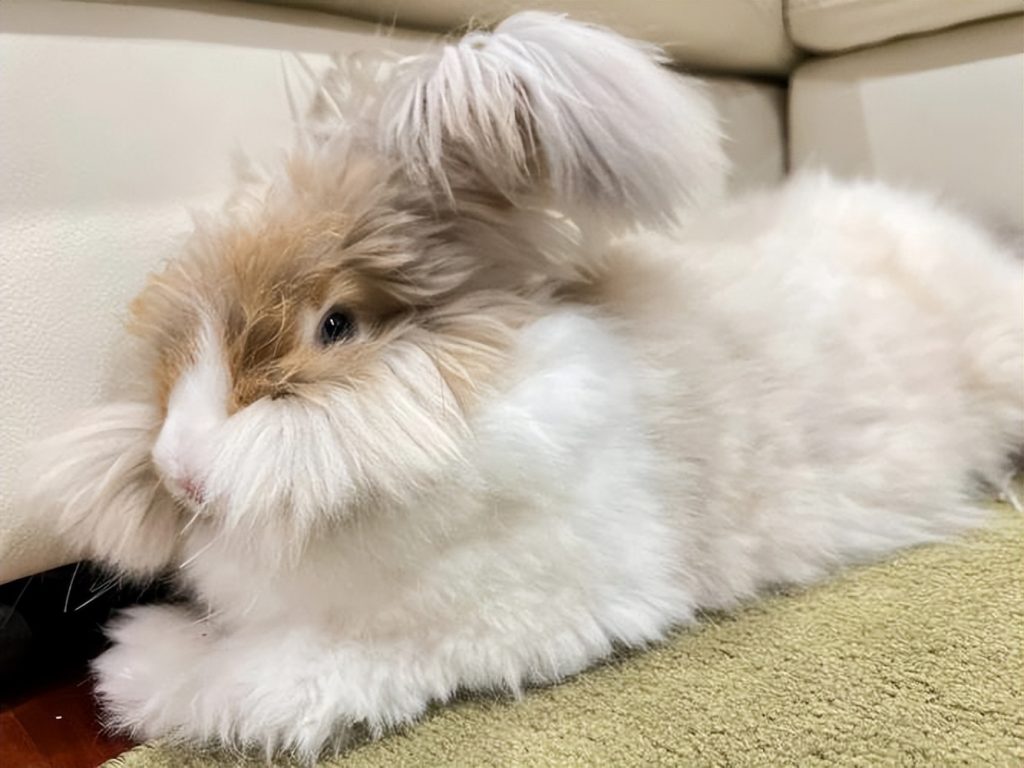
4. Regular Grooming Routine for Angora Rabbits
4.1. Daily Grooming Practices
The key to maintaining a healthy coat and preventing tangles or mats is consistent, daily grooming. Here’s a step-by-step routine:
- Step 1: Check for Mats and Tangles: Start by gently inspecting the rabbit’s fur for any mats or tangles. Pay close attention to areas like behind the ears, under the armpits, and around the hind legs, as these are common places for mats to form.
- Step 2: Use a Wire Pin Brush: Start brushing with a wire pin brush to gently remove tangles and loose fur. Begin at the head and work your way down the body. Make sure to brush in the direction of hair growth to avoid pulling.
- Step 3: Use a Furminator or De-shedding Comb: Follow up with a de-shedding comb to remove any undercoat that may be trapped under the longer fur. This step is especially important for preventing hairballs.
- Step 4: Smoothing: After detangling and removing loose fur, use a soft-bristled brush to smooth down the coat and give it a polished look.
- Step 5: Check the Nails: After grooming, check your rabbit’s nails to ensure they are not too long. If necessary, clip them with a pair of rabbit-specific nail clippers.
4.2. Weekly Grooming Practices
In addition to daily grooming, you should perform more thorough checks and grooming tasks once a week:
- Step 1: Inspect for Skin Issues: Check for any redness, sores, or irritation on the skin. This could be a sign of an infection, flea infestation, or other skin condition that may require veterinary attention.
- Step 2: Trim the Fur (if necessary): If your Angora rabbit’s coat has become excessively long or is getting difficult to manage, you may need to trim the fur. Use professional scissors or shears to trim the wool around sensitive areas such as the face, feet, and underarms.
- Step 3: Clean the Ears: Use a gentle ear cleaner and cotton balls to wipe out any excess wax or dirt. Be cautious not to insert anything deep into the ear canal.
- Step 4: Full Coat Comb-Out: Perform a complete comb-out of the fur to ensure there are no tangles, mats, or shedding fur that could cause problems. This will help maintain the coat’s health and smoothness.
4.3. Monthly Grooming Practices
Every month, perform a more detailed grooming session, including:
- Step 1: Full Fur Shearing (if necessary): Some Angora rabbits may require a full shearing to reduce the burden of their dense coats. If mats have become too severe or the coat is too long to manage, carefully shear the rabbit’s fur using specialized clippers.
- Step 2: Check for External Parasites: Inspect for fleas, mites, or ticks. If any are found, consult your vet for appropriate treatments.
- Step 3: Thorough Cleaning of Bedding: Regularly clean and change your rabbit’s bedding to ensure that their living space is hygienic. Dirty bedding can lead to skin irritation or respiratory issues.
5. Handling Common Grooming Challenges for Angora Rabbits
5.1. Mats and Tangles
One of the biggest grooming challenges with Angora rabbits is dealing with mats and tangles. Mats can develop quickly in areas where the fur rubs together or where the rabbit’s movements cause friction, such as the armpits or behind the ears. To prevent this:
- Prevention: Regular brushing and combing will help keep mats from forming. Pay extra attention to areas that are prone to tangling.
- Removing Mats: If a mat has formed, try gently working through it with your fingers or a comb. If it’s particularly large or tough, carefully cut it out with rounded-tip scissors. Avoid pulling at the mat as this can hurt the rabbit.
5.2. Shedding Fur
Angora rabbits shed their fur frequently, and if not regularly groomed, the shedding can lead to hairballs or even digestive issues. To manage shedding:
- Frequent Brushing: Brush your rabbit more often during shedding periods to remove loose fur before it accumulates in the digestive system.
- Providing Fiber: Ensure your Angora rabbit’s diet includes plenty of fiber-rich hay to help them digest and pass any hair that is ingested while grooming.
6. The Benefits of Regular Grooming
6.1. Health Monitoring
While grooming, you have the chance to inspect your Angora rabbit for signs of illness. Look for:
- Lumps or Bumps: These could be signs of abscesses or tumors.
- Skin Conditions: Keep an eye out for redness, sores, or crusty patches, which may indicate a skin infection or parasite infestation.
- Parasites: Check for fleas, mites, or ticks, which can cause irritation and discomfort.
6.2. Maintaining a Beautiful Coat
Regular grooming is the key to maintaining your Angora rabbit’s luxurious coat. A well-maintained coat not only looks beautiful but also prevents health problems like matting, itching, and skin infections.
7. Conclusion: Grooming Your Angora Rabbit for a Healthy, Happy Life
Grooming an Angora rabbit requires time, effort, and attention to detail, but it is essential for maintaining their health, comfort, and beauty. By establishing a consistent grooming routine, using the right tools, and understanding the specific needs of your Angora rabbit’s coat, you can ensure they remain in optimal health and enjoy a long, happy life with you.
By prioritizing grooming as part of your rabbit’s regular care routine, you’ll help them stay beautiful and healthy, preventing the common grooming challenges that can arise with their unique fur. Take the time to bond with your Angora rabbit during grooming sessions and make it a positive experience for both of you.


